
BUDOWLE & OBIEKTY Commemorative monuments
Commemorative monuments
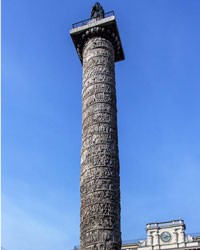
The Column of Marcus Aurelius – a souvenir of a wise, sensible and brave emperor
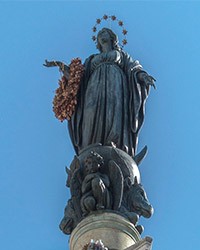
Column of the Immaculate Conception – an antidote for heresies and mistakes of contemporary times
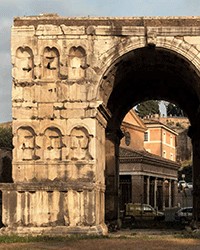
Arch of Janus – mysterious structure with four façades
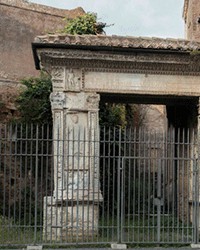
The Arch of the Silversmiths – a place of memory erased
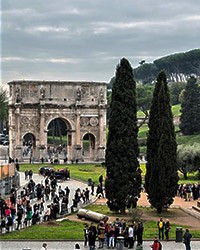
Arch of Constantine – an ancient example of artistic recycling
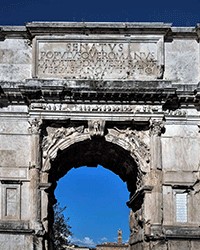
Triumphant Arch of Emperor Titus – a commemoration of triumph and defeat engraved in stone
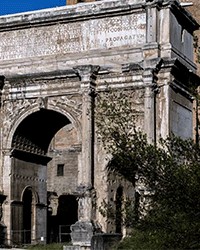
Arch of Septimius Severus – a symbol of Roman expansion and dynastic ambitions
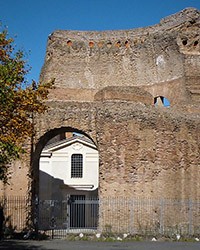
Mausoleum of Empress Helena – meaning how to reconcile Christianity with the cult of the emperor
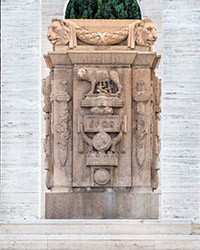
Mausoleum on Janiculum Hill (Mausoleo Ossario Garibaldino) – the struggle for national heritage
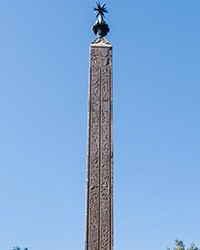
Antinous Obelisk (Pinciano) – pilgrimages of an obelisk of „sinful” provenance
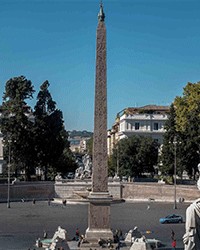
Flaminio Obelisk – a war trophy; the pride of the city, emperor and the pope
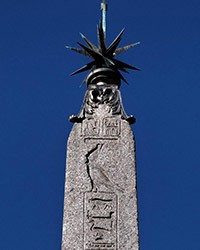
Obelisk Macuteo – divine support for the emperor, the pope and the Roman populace
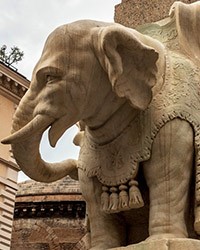
Minerveo Obelisk, meaning the triumph of an elephant over Dominican dogs
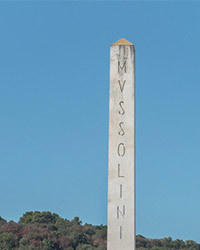
Mussolini Obelisk – a monument of national amnesia
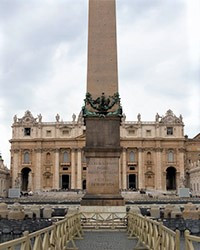
Vaticano Obelisk – a granite witness to history

Statue of Giordano Bruno, meaning the ”black ship of Satan” among flowers, grapes and lettuce
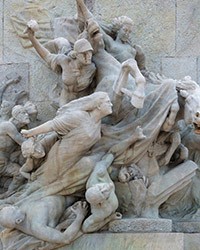
Statue of Giuseppe Mazzini – the delayed work of belle époque
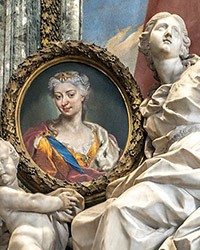
Funerary monument of Maria Clementina Sobieska – the joyful smile of a miserable queen
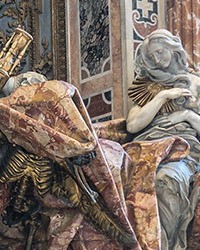
Funerary monument of Pope Alexander VII, meaning the triumph of virtue over death
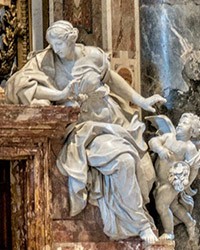
Funerary Monument of Pope Benedict XIV – the last breath of a grand style
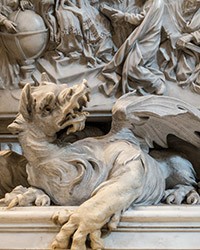
Funerary monument of Pope Gregory XIII – the memories of the guardian of true faith
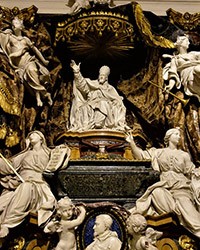
Funerary Monument of Pope Gregory XV – a breath of subtle Jesuit propaganda
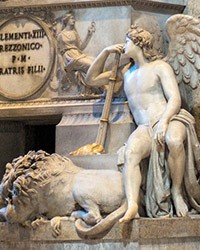
Antonio Canova’s funerary monument of Pope Clement XIII – death appeased with beauty
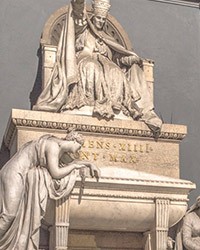
Antonio Canova’s funerary monument of Pope Clement XIV – a quiet grief of final parting
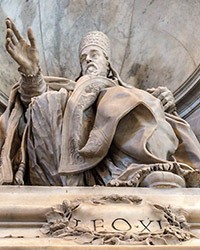
Funerary Monument of Pope Leo XI – a modest and politically convincing work
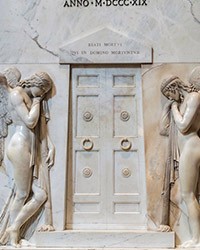
Funerary Monument of the Stuarts – death beautiful until perdition

Pomnik papieża Innocentego X – od marnej śmierci do wiecznej pamięci
Zgodnie z art. 13 ust. 1 i ust. 2 rozporządzenia Parlamentu Europejskiego i Rady (UE) 2016/679 z 27 kwietnia 2016 r. w sprawie ochrony osób fizycznych w związku z przetwarzaniem danych osobowych i w sprawie swobodnego przepływu takich danych oraz uchylenia dyrektywy 95/46/WE (RODO), informujemy, że Administratorem Pani/Pana danych osobowych jest firma: Econ-sk GmbH, Billbrookdeich 103, 22113 Hamburg, Niemcy
Przetwarzanie Pani/Pana danych osobowych będzie się odbywać na podstawie art. 6 RODO i w celu marketingowym Administrator powołuje się na prawnie uzasadniony interes, którym jest zbieranie danych statystycznych i analizowanie ruchu na stronie internetowej. Podanie danych osobowych na stronie internetowej http://roma-nonpertutti.com/ jest dobrowolne.